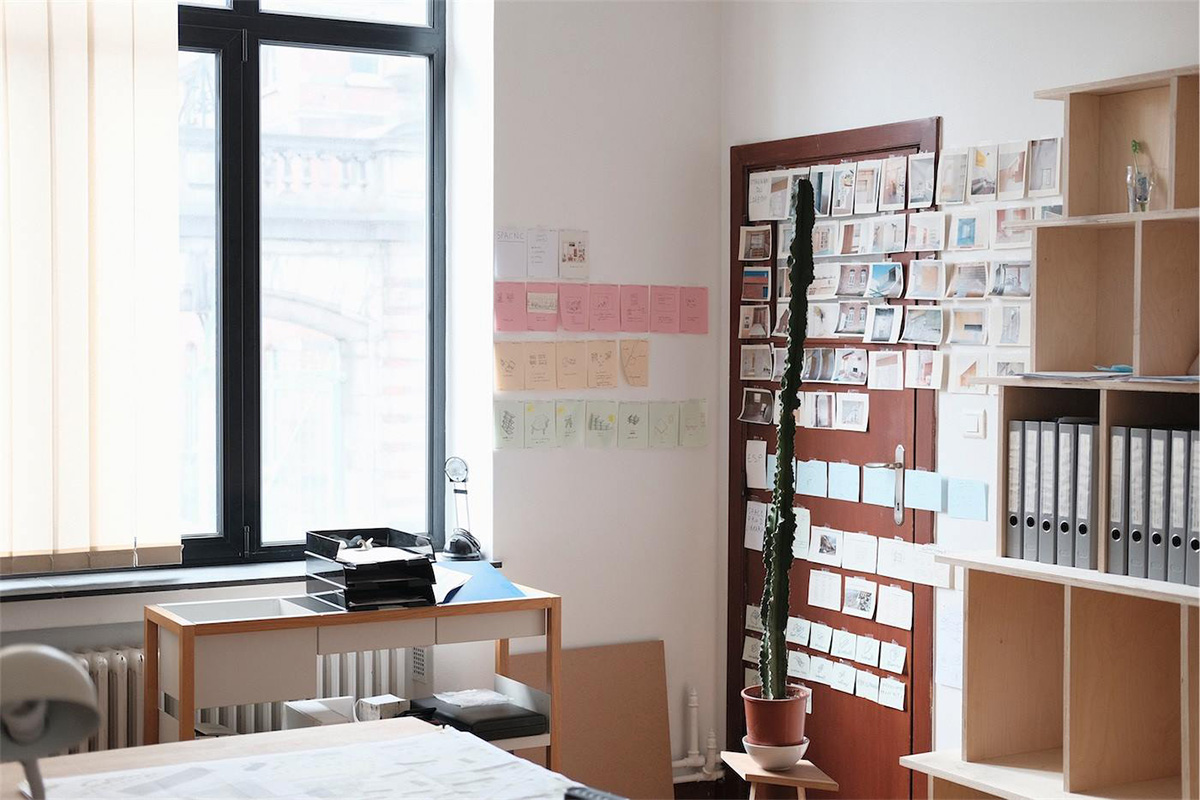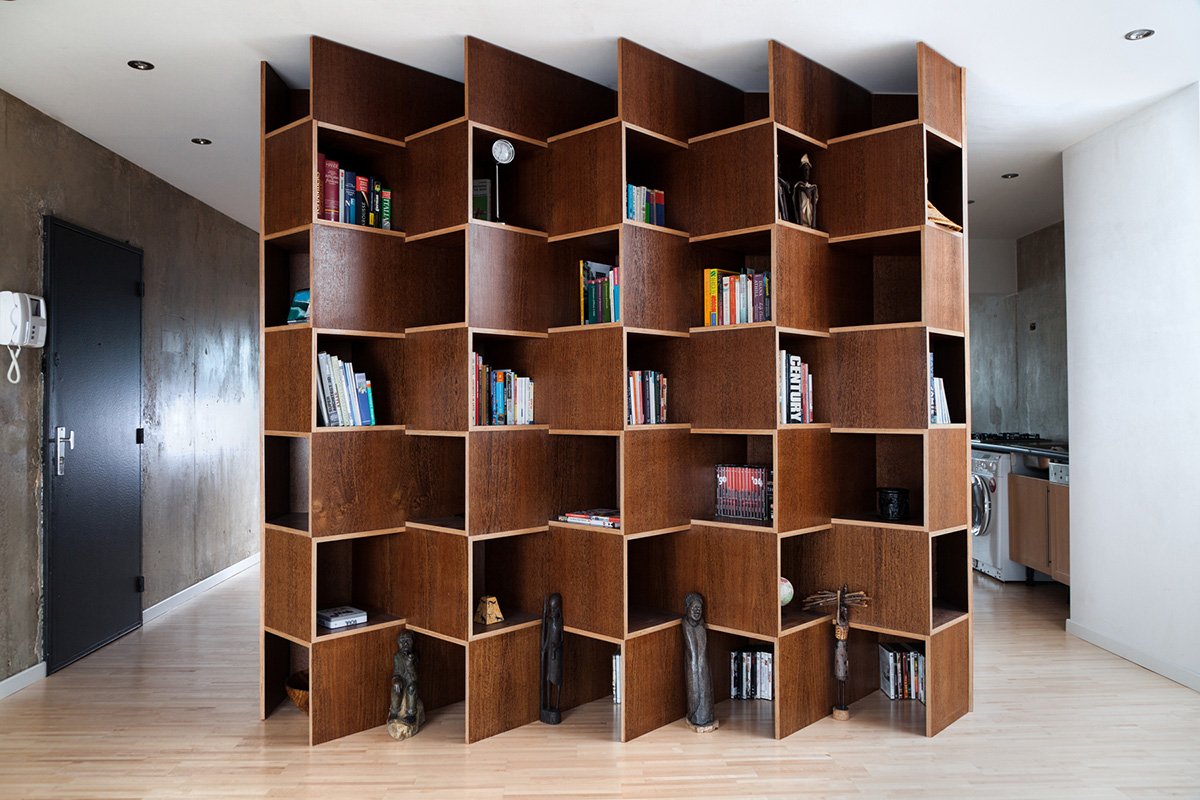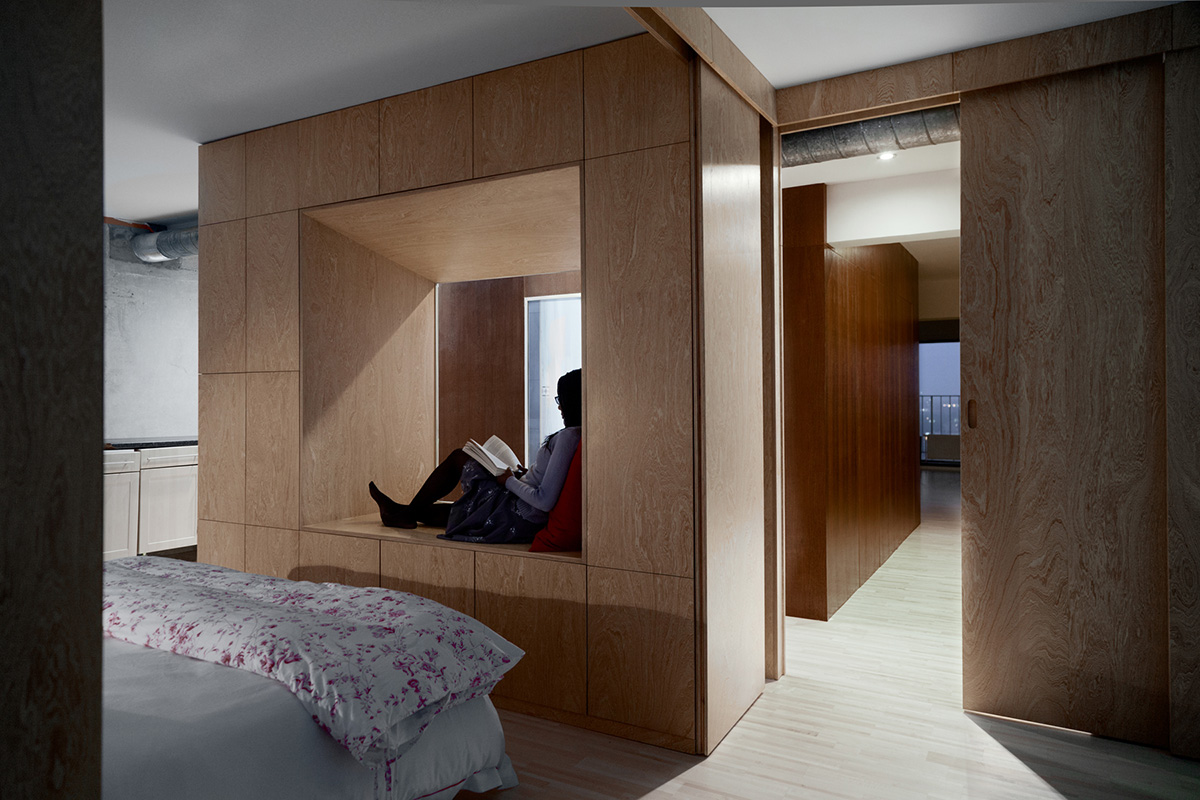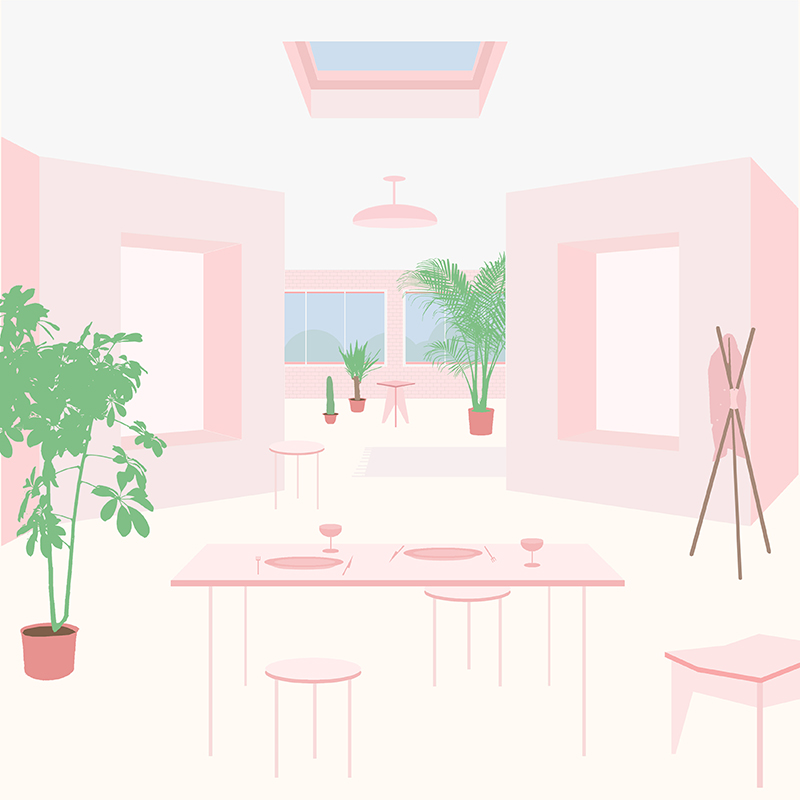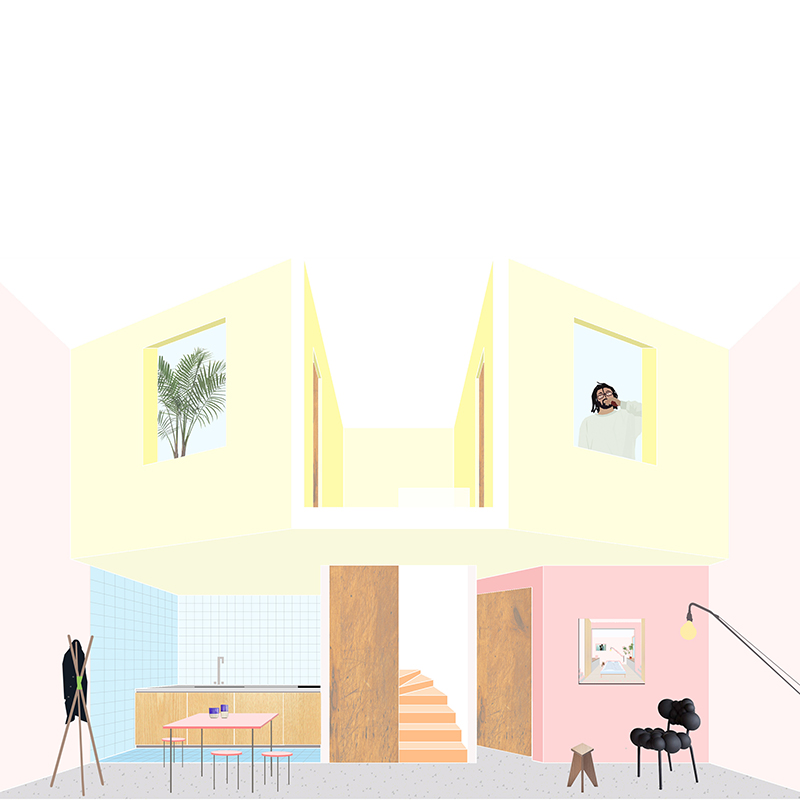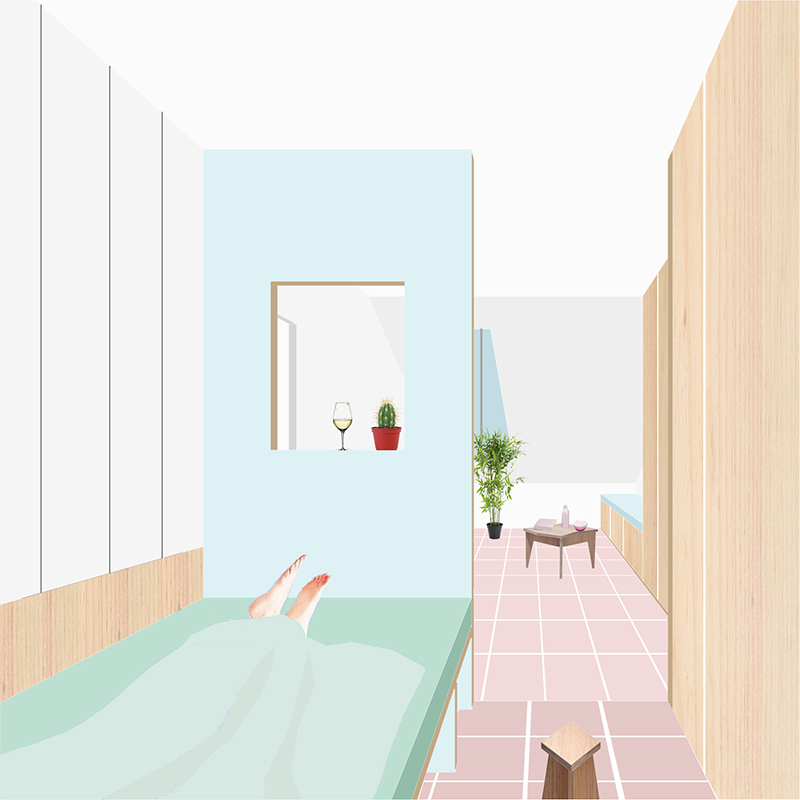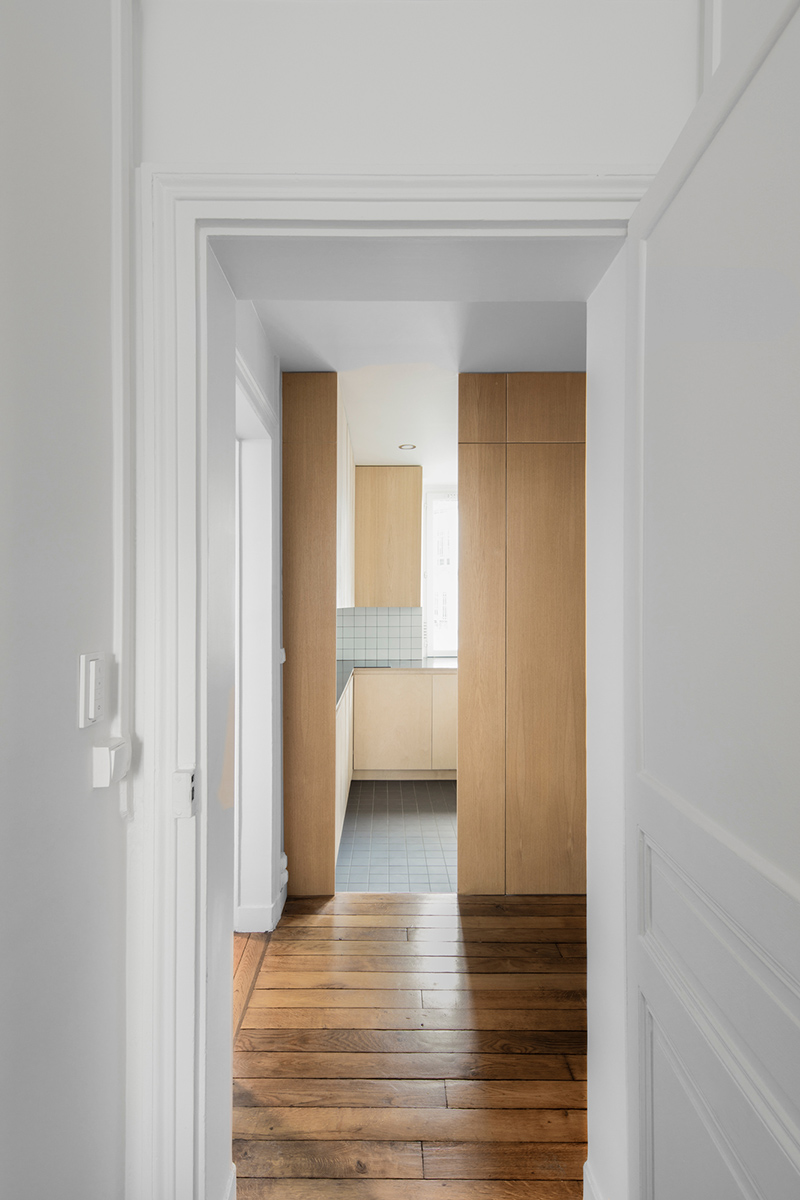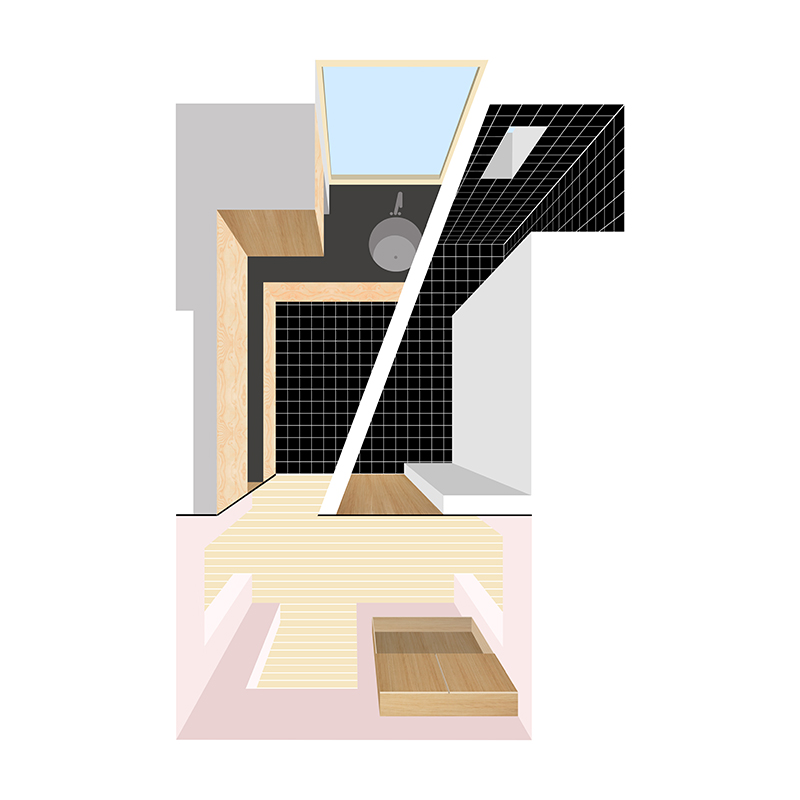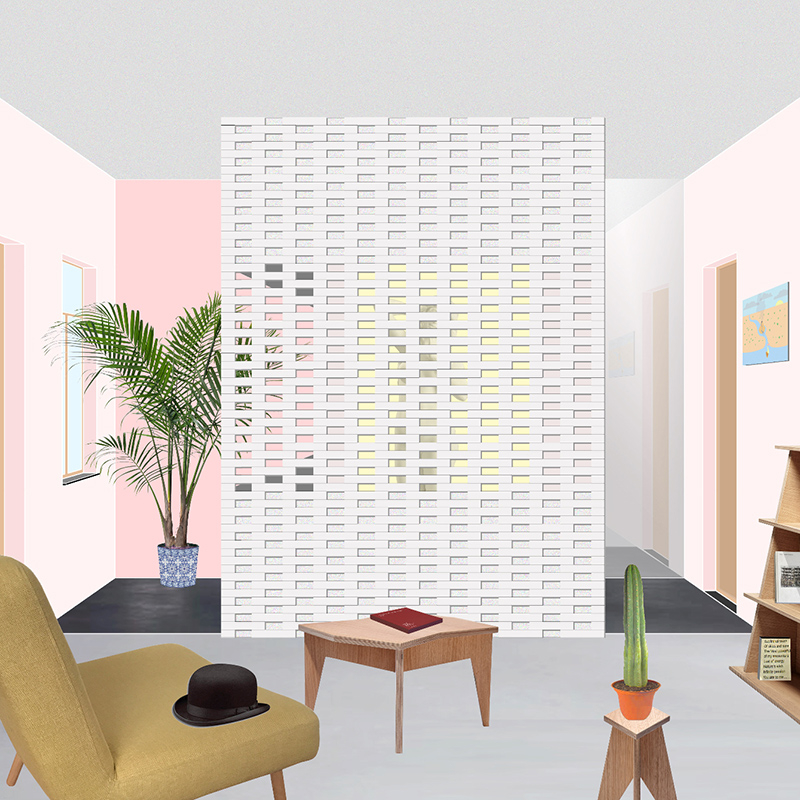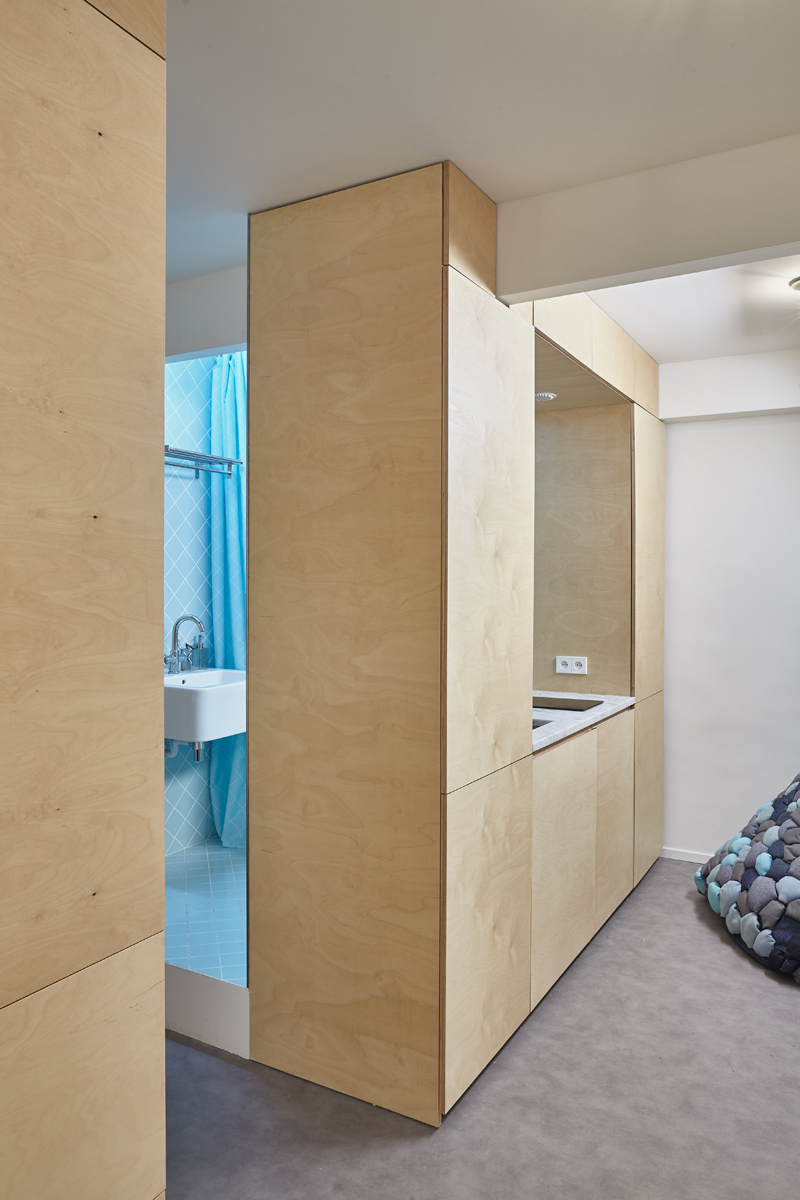19/030
l'atelier
Nomadic Architecture Studio
19/031
l'atelier
Nomadic Studio
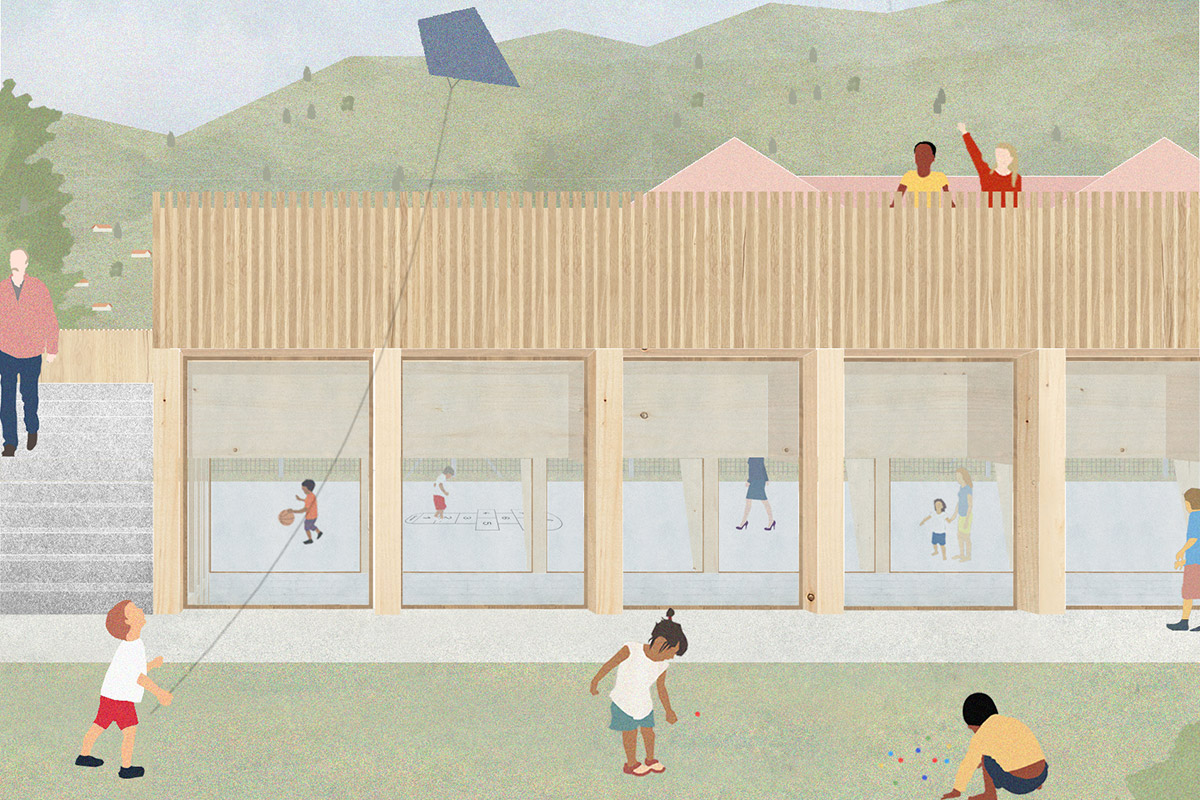
«The ironic part is that when you do not have references you do not have clients, therefore: you have to hack the system.»
«The ironic part is that when you do not have references you do not have clients, therefore: you have to hack the system.»
«The ironic part is that when you do not have references you do not have clients, therefore: you have to hack the system.»
«The ironic part is that when you do not have references you do not have clients, therefore: you have to hack the system.»
Please, introduce yourself and your Studio…
My name is Pierre Escobar, I am the founder of l’atelier. We have a nomadic architecture studio with a team of 4 young nomads around 3 countries. We work on all types of programmes, with a focus on housing, mostly around Europe. Our approach is deeply territorial and rooted in a belief that architecture should be based on typologies and strategies. We do not believe in style or form - instead, our methodology is to understand and master the context as a foundation for content.

Portrait Pierre Escobar
Portrait Pierre Escobar
Portrait Helga Blocksorf ©HB/A
How did you find your way into the field of Architecture?
My parents built our family home when I was 10 years old. I remember going to the construction site every day and became friends with the workers. Since then, I wanted to become an architect. I nearly gave up on architecture after failing my first company.
What are your experiences founding l’atelier and working on your own?
An architecture practice demands a lot of qualities: Design, administration, business, finance, construction, HR, PR, marketing, strategy, sustainability, urbanism, psychology... If you add to this the complex and aggressive market, the financial crisis, heavy competition, a lack of interest on contemporary architecture from the mainstream scene, as well as an infinite amount of regulations, I would argue that starting an architecture practice is not easy.
Nevertheless, it is possible.
Here is what I learned:
- Failure can happen independently of how talented and motivated you are. Sometimes, destiny is just against you, let it go and move on. Try again later.
- As long as you are financially stable, you solved most of your problems. It is therefore crucial to have an independent financial plan on at least the two first years of your studio.
- Here is a non exhaustive and combinable list of financial strategies: Use your savings (if you have some), borrow money (can be risky), find a teaching position (the Swiss strategy), work part time for another firm (the Belgian strategy), use unemployment money (the French strategy), live very cheaply (if you can), find a rich lover (the “belly of the architect” strategy), be born rich (unfortunately not possible for most people).
- Be perseverant and have a clear strategy on how to find projects. Redefine that strategy as many times as needed. Architecture is a service-based business - you will need clients - How to gain clients is your main goal for the rest of your carrier. The ironic part is that when you do not have references you do not have clients, therefore: you have to hack the system.
You work in a nomadic way between Paris, Brussels and Berlin? How are the different contexts are influencing your work?
I grew up as what you can call “Euro Trash”. I have a French passport but was born in Madrid, grew up in Belgium and worked most of my life in Switzerland. This stands in contrast to the fact that the traditional practice of architecture is very local. You need to know local actors, local politicians, local investors, local regulations, local construction companies.
Most people, when they open their studio, start on the local level. I didn’t have a local base. I therefore turned my disadvantage upside down: suddenly, my very small studio had the entire European continent as a potential market. The construct of my hubs developed organically. Berlin is where I feel home, Brussels is where I interact with inspiring architects, Switzerland is home to my mentors, Albania fascinates me, etc…
When you are used to move, you see the world differently and your world becomes smaller.
What does your desk/working space look like?
My workspace is my bag. It contains all an architect needs today:
A laptop, a phone, chargers, batteries, a laser, a meter, a sketchbook, several pens, a folder with admin documents, a folder with work in progress and presentations. In addition, there is space for extra clothes a toothbrush, toothpaste.
At the moment, we do not even have an official workspace - We actually do not feel the need. We meet on site, in bars, on dropbox, at the train station, on skype. But we do have a list of places where we regularly work or meet: I do all my meetings Chez Franz in Brussels, I work in Aloha café when in Paris, I am in discussion with the Cocreation.loft to have a desk at their space in Berlin. I also know where I can sit and work in most of cities around Europe.
What is the essence of architecture for you personally?
For me architecture is about space production (this refers to the quote of 51N4E who called themselves “space producers”. It doesn’t depend on scale or program, it’s more about the ability to transform the existing environment for humans to feel good in it. I see architecture as something both very pragmatic and conceptual.
Your master of architecture?
A Book: Delirious New York – Rem Koolhaas - I love how it combines architecture with fantasy.
A Person: Freek Persyn, co-founder of 51N4E - One of the most interesting and humble persons I ever met.
A Building: I do not have a favourite building. I am more interested in typologies. What impressed me recently was the city houses of Melbourne: low but deep typology, their diversity in facades and their promiscuous relation with public space.
How do you communicate / present Architecture?
Present:
I represent my architecture through collages. I do not do 3D renderings. All my drawings are made in 2D. They are made to represent a feeling and not to copy of a potential future.
I do not build physical models. As a nomadic office, it goes in contradiction with movement. I print the least possible. For sustainability, economical and storage reasons. Most of my documents are on the cloud. Only client presentations are being printed.
Communicate:
I like to partner with young companies, organizations or people of the same generation who think outside the box. I proactively reach out to them. It often fails, but the ones that worked out changed my life and work.
Here are some with whom it worked out:
I am part of “BAM - because architecture matters”, a platform that puts together clients and architects through an online tendering process – Half of my clients come from there. I have a collaboration with a wood workshop called Atelier CNC for all the furnitures we design. I am also a member of Sandbox, a community of young nomads, entrepreneurs, journalists, academics, politicians and artists from all over the world who seek to make a significant impact in the world trough meaningful relationships and fulfilling lives. I am also published by “Des Plans” a company that prints and sells architecture drawings online.
Project
Entrepreneurial Space production
“Entrepreneurial Space production” is a research and practice based project on the topic of small urban housing.
It starts with a “constat” that the price of housing in cities is rising and that people cannot afford to find a confortable home anymore. Most of our clients come with very tight programs (1 bedroom apartment in 15m2, 2 bedroom apartment in 35m2 etc…). We consider all the small urban apartment projects to be part of a larger conceptual process where the goal is to develop a toolbox for small housing through a typology alphabet and case studies with the built projects of l’atelier.
01 TOLBIAC – Apartment renovation, Paris, in construction, 2019
02 ALFRED – Apartement renovation, Paris, in construction, 2019
03/04 CADET – Apartement renovation, Paris, built, 2017
05 FOULONS – Building renovation, Brussels, in construction, 2019
06 NEUILLY – Apartement renovation, Paris, built, 2015
07 SPACNC – furniture, Brussels, 2018

